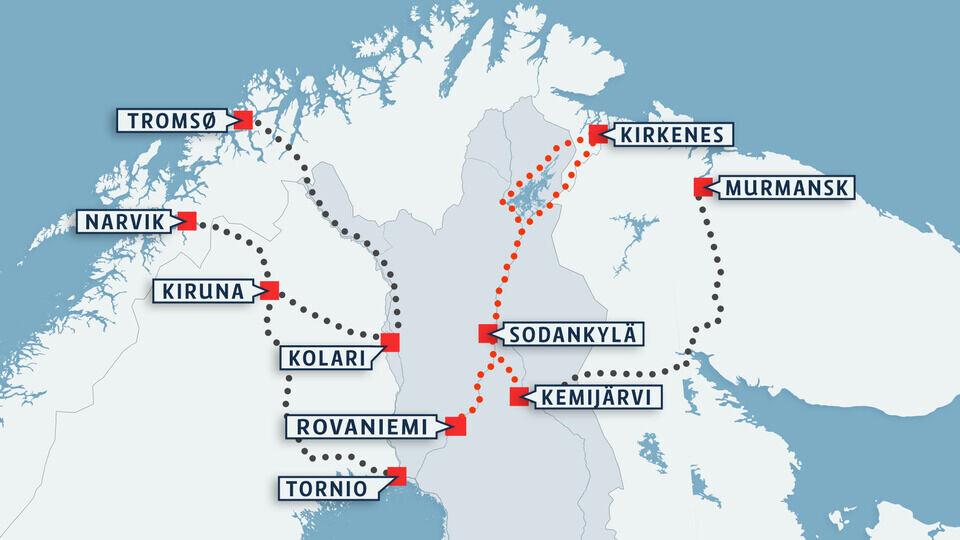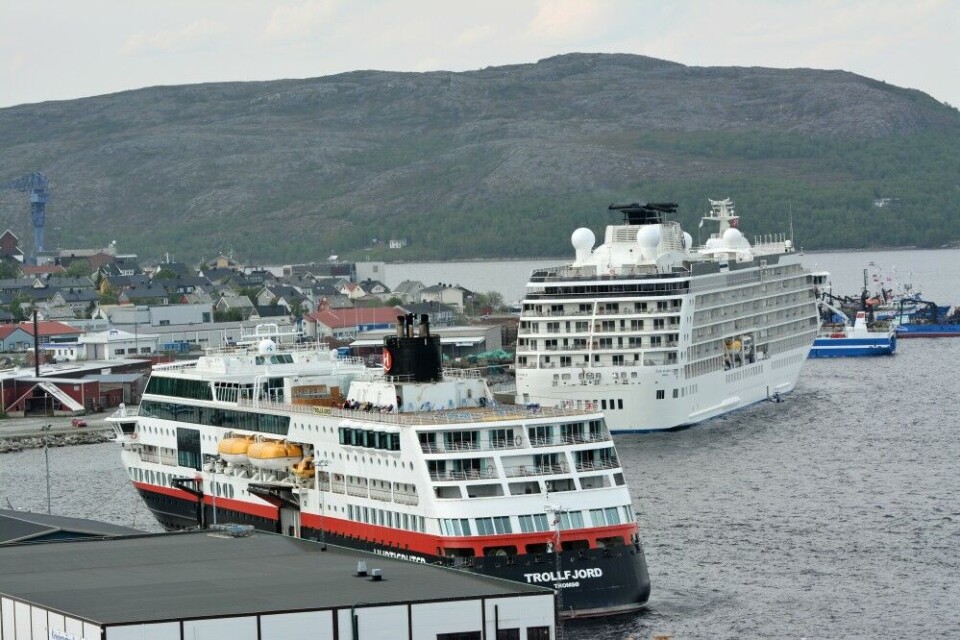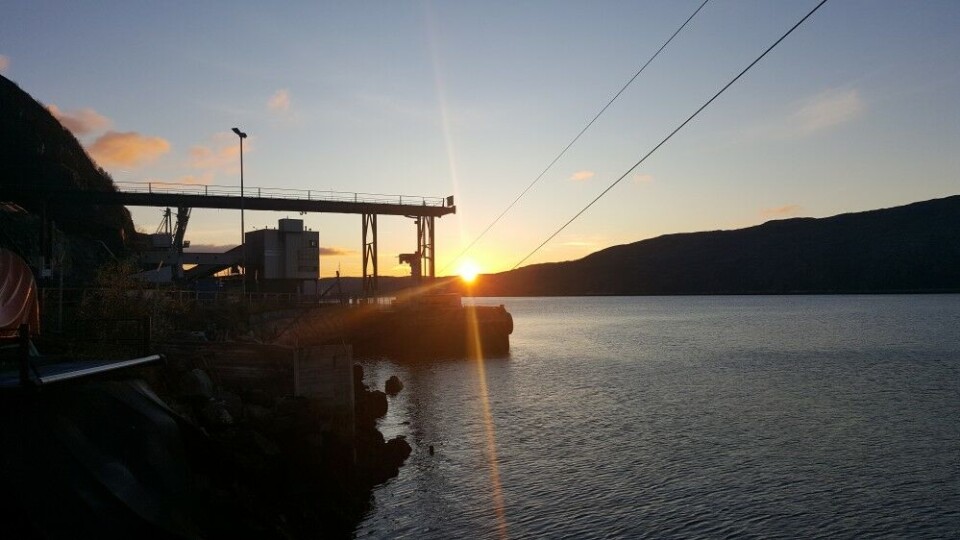
In crisis, would Finland’s supplies be safe on Arctic rail near Russian border?
Amidst recent plans to explore a proposed Arctic Railway that would run from Rovaniemi in Finnish Lapland to the Norwegian port of Kirkenes, Finnish Transport Minister Anne Berner’s plans have been called into question by the National Emergency Supply Agency (NESA).
Cargo transported by the Arctic Railway would mostly consist of minerals, fish, raw timber and wood industry products, according to a report by the Finnish Transport Agency (FTA). Construction of the ambitious rail project would cost an estimated 2.9 billion euros.
In a statement about a ministry report on the project, Berner said the planned railway would clearly improve Finland’s logistical position, accessibility, and promote Finland’s supply security.
However NESA has challenged the minister’s statement, saying there is no basis to the claim that the track could improve security of supply.
“There is no security of supply justification for the railway. Our CEO has made this clear to Minister Berner,” NESA logistics manager Raija Viljanen said. “The railway would go very close to the Russian border and if we are thinking about a crisis event, then it’s likely the track would not be in use.”
Of several alternatives, the route from Rovaniemi to Kirkenes was chosen as having the most potential.
Kirkenes is located a few kilometres from the Russian border in Norway. If the planned railway goes along the eastern side of Lake Inari in Lapland, the railway could run close to the Russian border for dozens of kilometres.

”Sounds weird if you look at the map”
In response to claims of improved security of supply, Major General Jorma Ala-Sankila of the Finnish Defence Command tweeted that ‘it sounds weird when seen on a map’.
According to Ala-Sankila, the risks would be reduced if the route went through western Lapland.
“If the railway came under fire, it would be an easier target near the east border. It is quite a big risk if we choose one of the most eastern route alternatives,” said Ala-Sankila. “Of course there are other methods to stop transportation than bombing tracks. Cyber attacks can target rails, no matter the route.”
In an event where Russia would target Finland’s supply lines, sabotaging Finnish railways would be easier than attacking the Kirkenes port town of NATO member Norway, despite its close proximity.
“A lone country is different to one which is a member of an alliance. However if a military crisis were to erupt between NATO and Russia, then all possible areas would become targets, including the Kirkenes port,” Ala-Sankila said.

Finnish Defence Forces remain quiet
A statement on the stance of the Finnish Defence Forces (FDF) has been sent to the FTA, but due to the classified nature of the information, that position is being kept from the public.
The man charged with the task of investigating the Arctic Railway project is Matti Levomäki, director of the country’s Transport Agency. He said the argument that the railway would improve supply security was based on data from both NESA and the FDF.
Levomäki admitted that the improved security of supply relates to situations where there would be no military crisis, but noted that it related to other exceptional circumstances.
”If the bridges over the straits of Denmark collapsed for example, then Finland would have an alternative route to bring in supplies,” said Levomäki.
The consulting firm Ramboll, which investigated the impact of the Arctic Railway, inspected the project from a security of supply point of view.
”The close proximity of Russia could become a problem in a crisis situation,” said the report.
Ramboll’s evaluation rejected the possible benefits of an alternative route that would have ventured through Russia ending at Murmansk, due to the risk in a crisis situation.
”There must always be a plan B”
p.p1 {margin: 0.0px 0.0px 14.0px 0.0px; line-height: 16.0px; font: 14.0px Helvetica; color: #333333; -webkit-text-stroke: #333333}p.p2 {margin: 0.0px 0.0px 13.0px 0.0px; line-height: 15.0px; font: 13.0px Helvetica; color: #333333; -webkit-text-stroke: #333333}span.s1 {font-kerning: none}
Close to 70 percent of supplies imported into Finland come on cargo ships through the Baltic Sea. Alternative routes are constantly being considered. Logistics manager Viljanen would rather see an improved version of the Tornio-Narvik rail line that runs through Sweden on the table.
”The Iron Ore Line is in parts a one-rail track. If another one could be added, it would be a tremendous help,” said Viljanen.
The problems with the alternative routes ending at Norway’s Tromsø and Narvik were the high price tag of the ventures, which would include tunnel constructions in the mountainous regions. A separate TFA report on the Narvik line highlighted different rail widths in Finland and Sweden as one problem with making this a potential route.
If maritime transport in the Baltic Sea is disrupted or otherwise intentionally blocked, it might be possible to find alternative means to bring in the most important goods.

”Most likely there would always be some way to bring in something, but not necessarily everything that would normally be imported. The aim is that we should always have a way to bring in some things. There must always be a plan B,” said Viljanen.
This story is posted on Independent Barents Observer as part of Eye on the Arctic, a collaborative partnership between public and private circumpolar media organizations.















